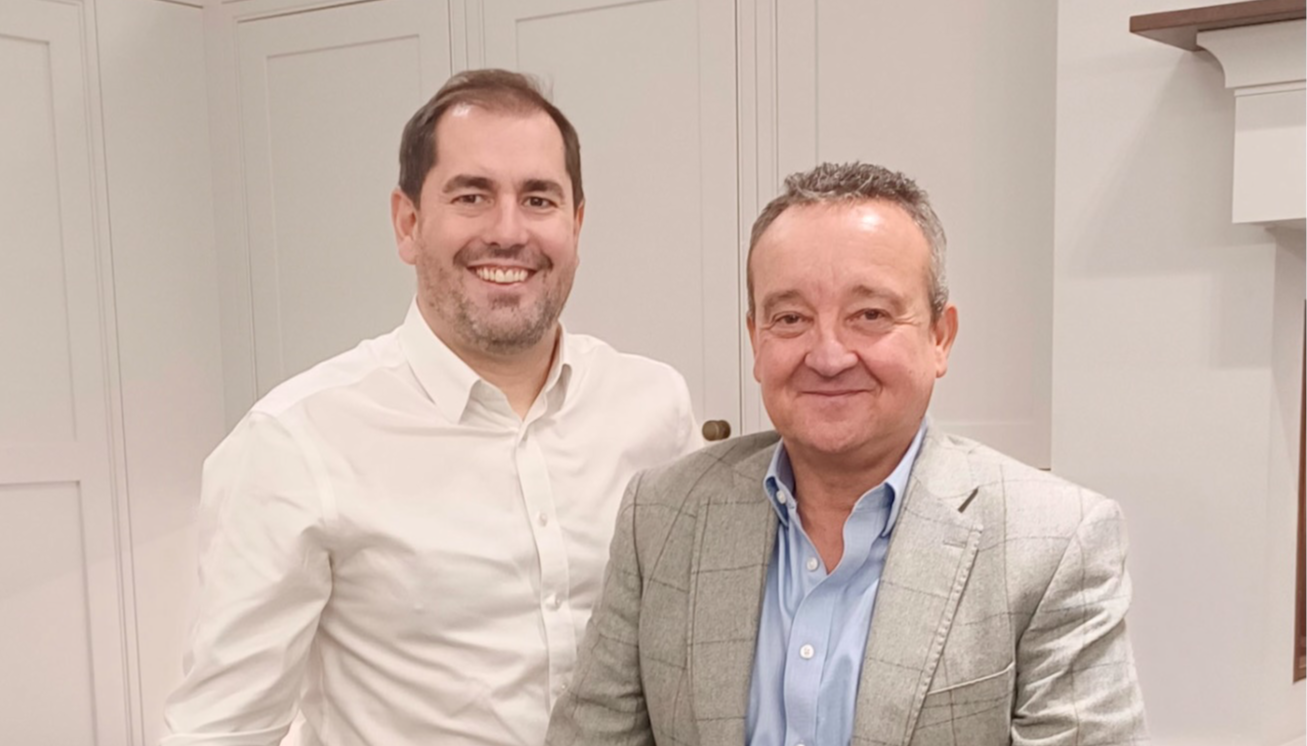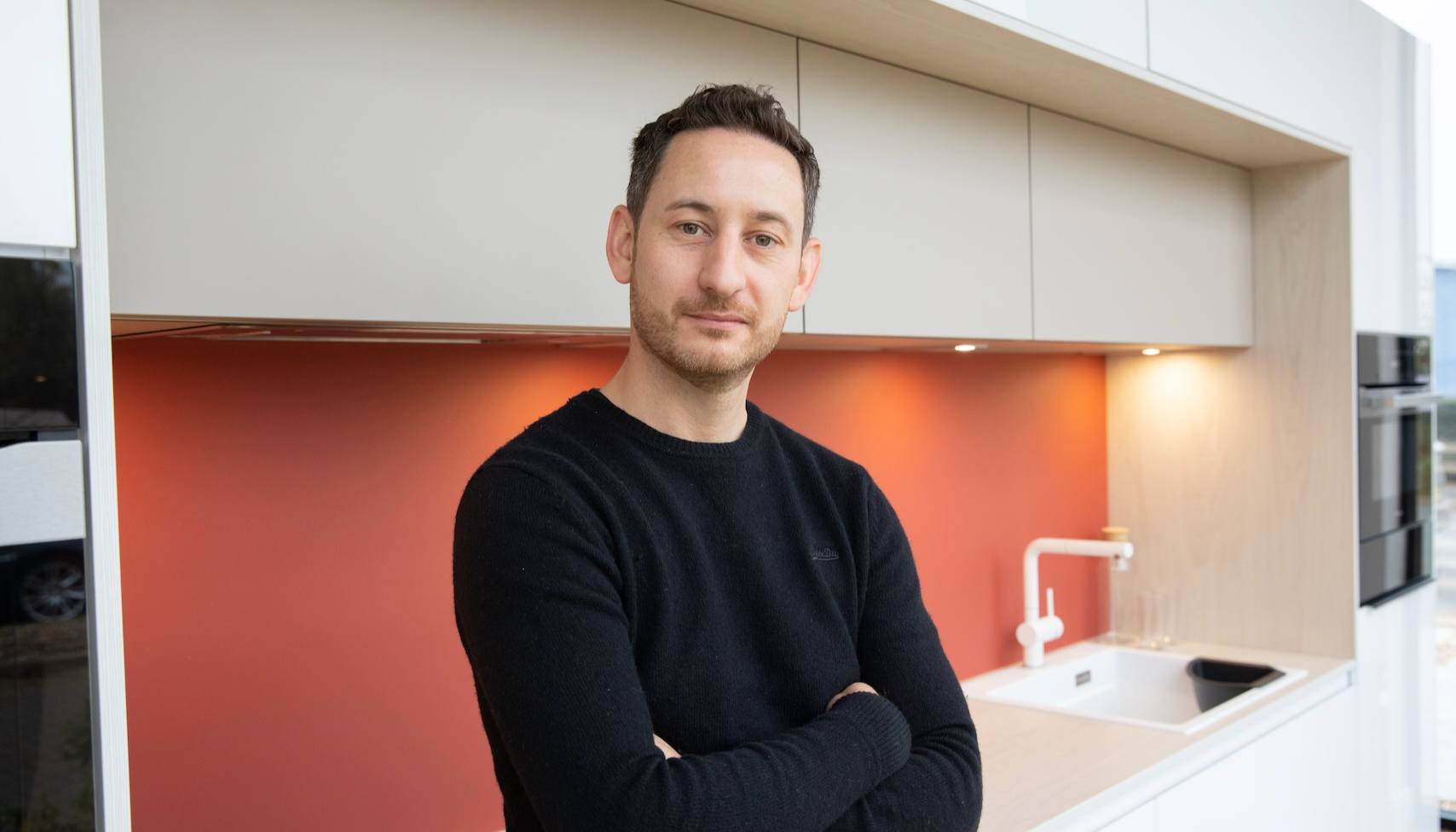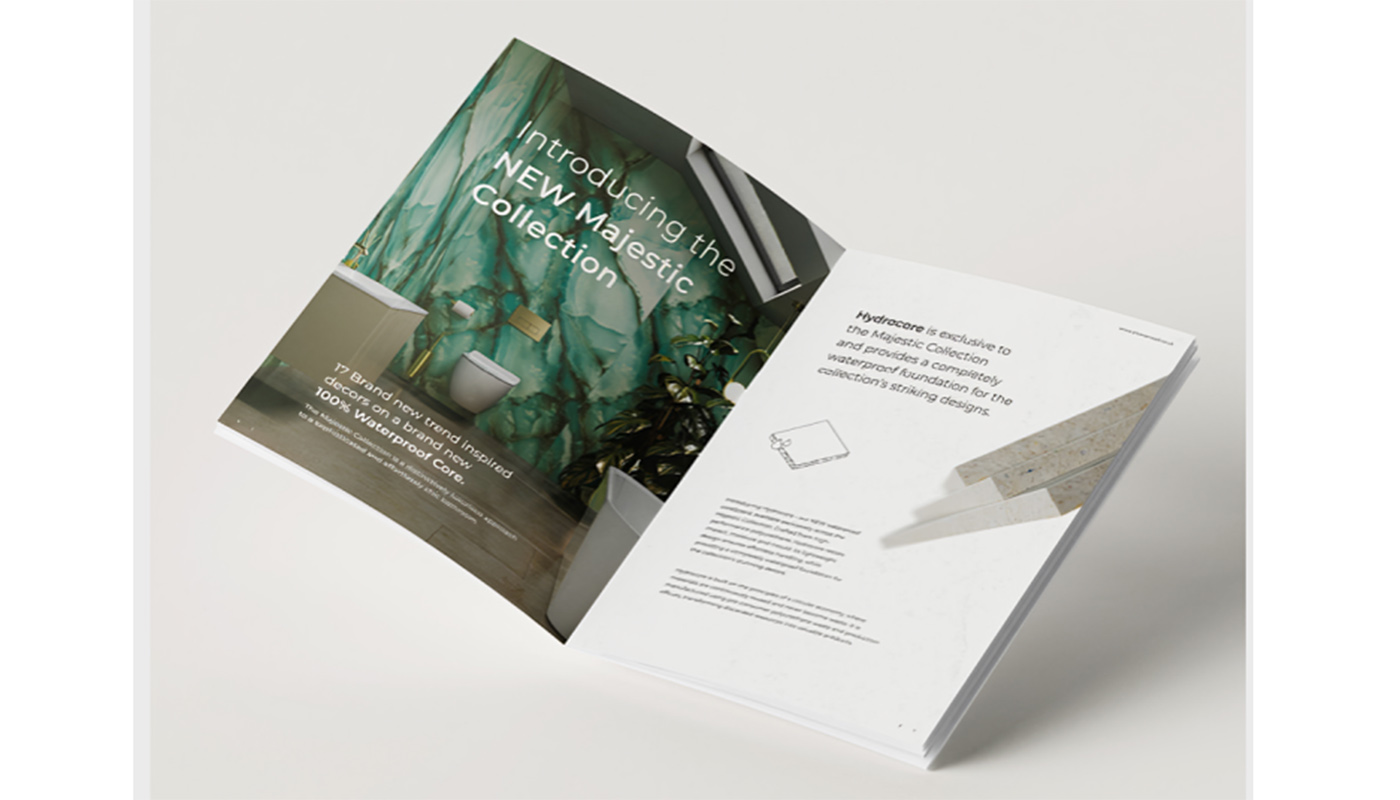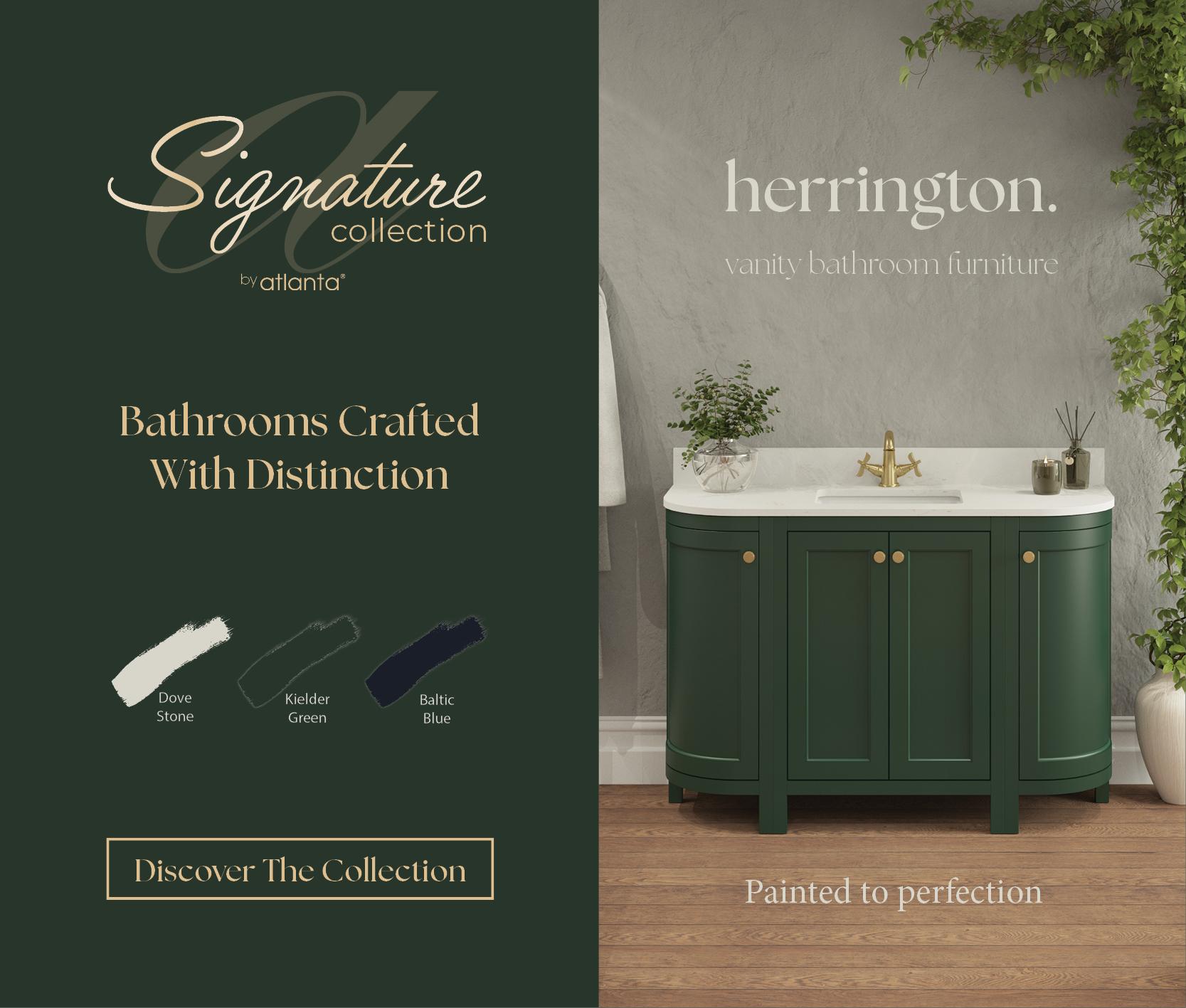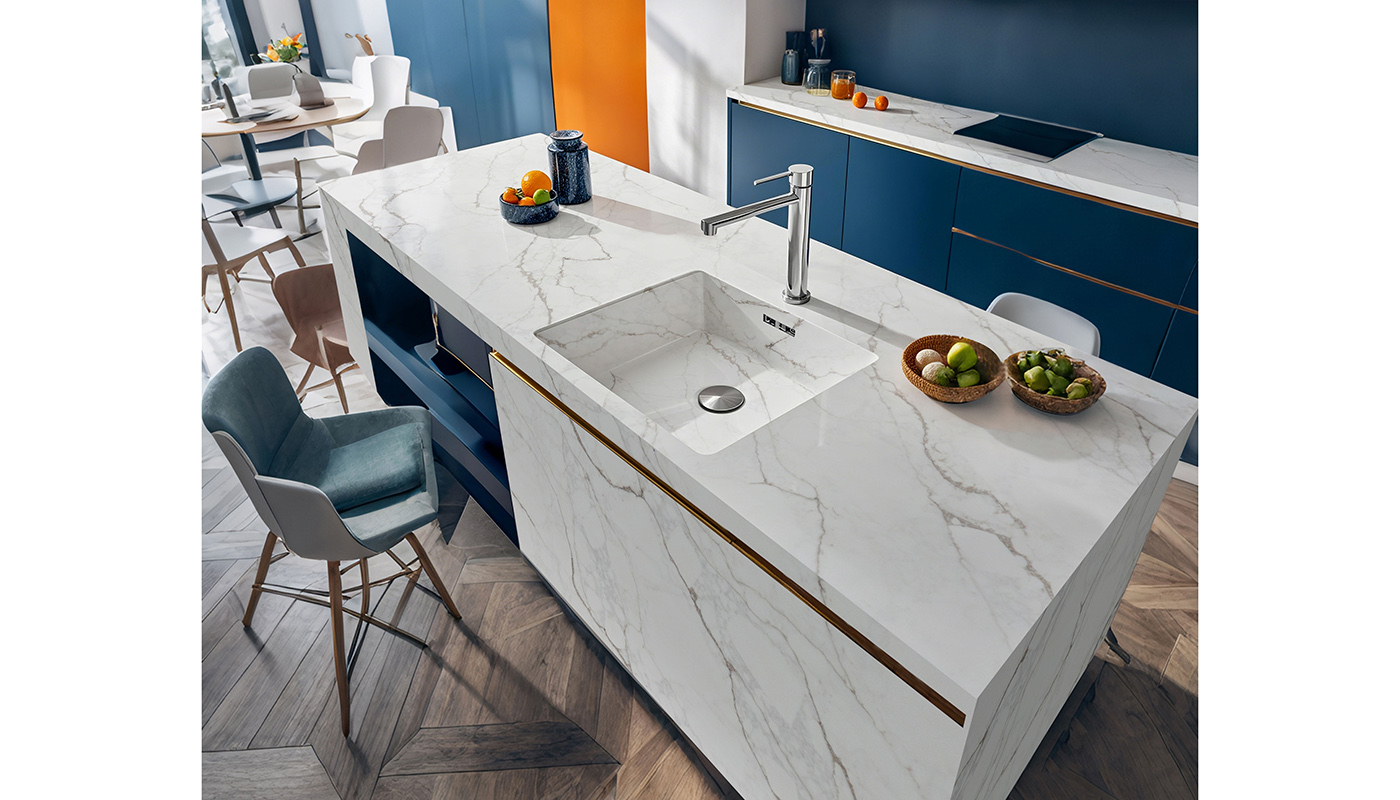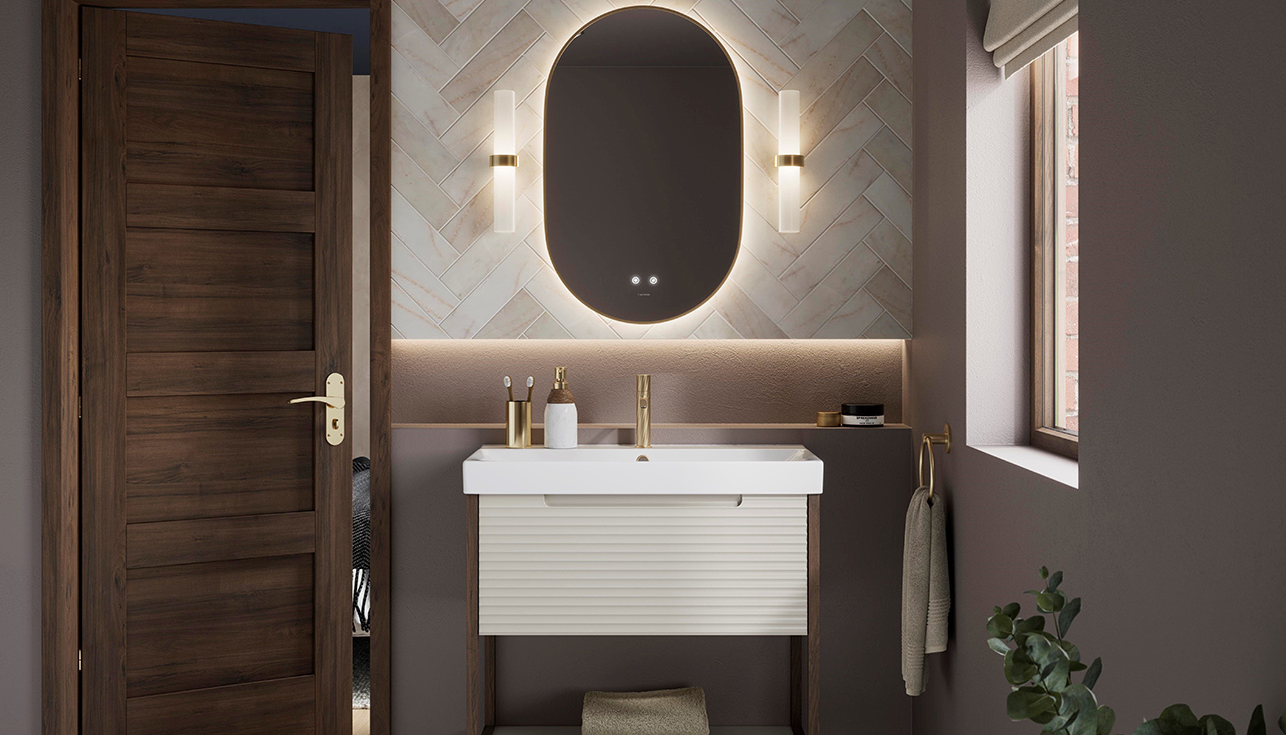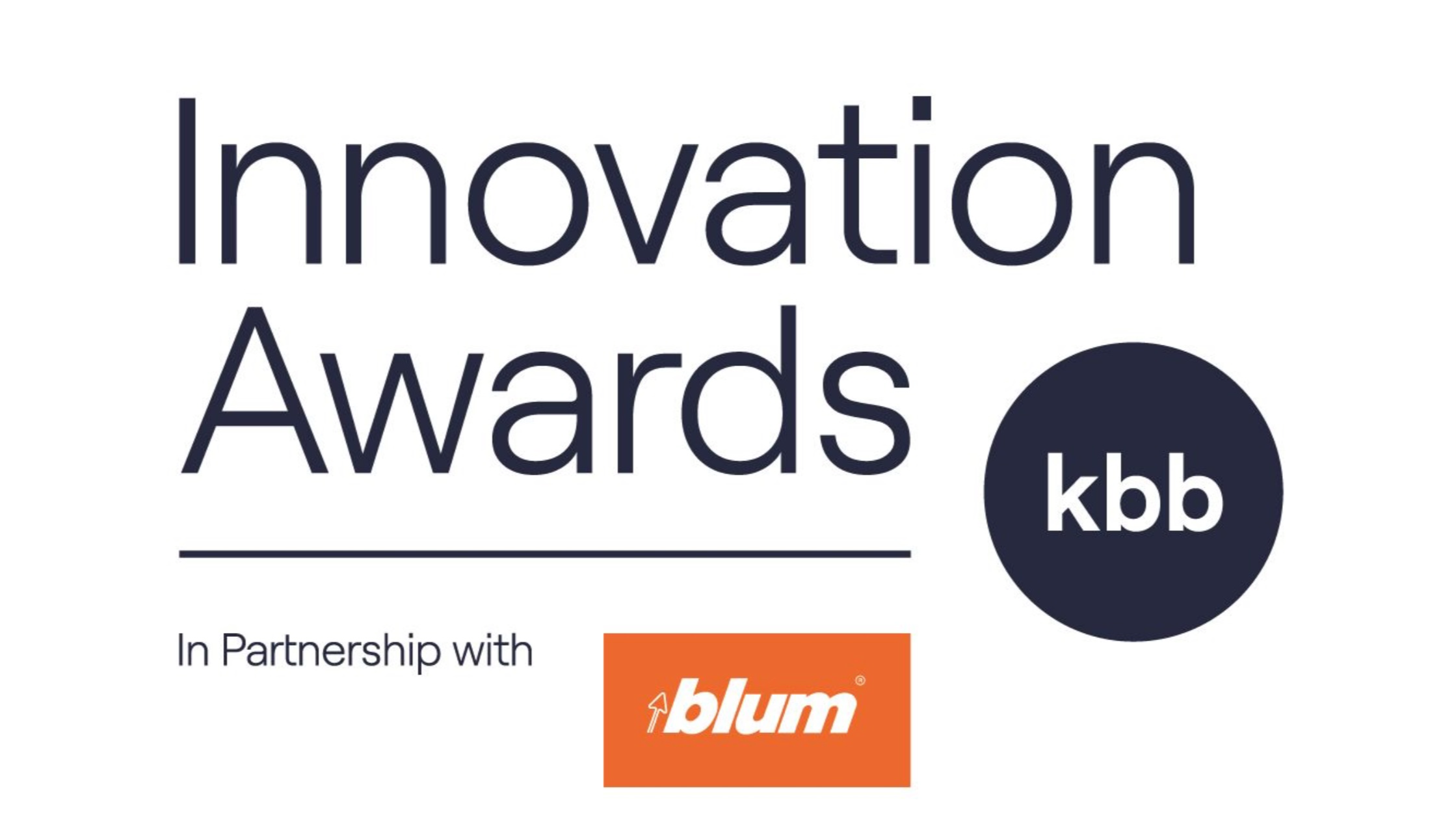Kitchen focus: How consumer demand for touchless tech is on the rise
Mon 18th Mar 2024 by Sally Smith
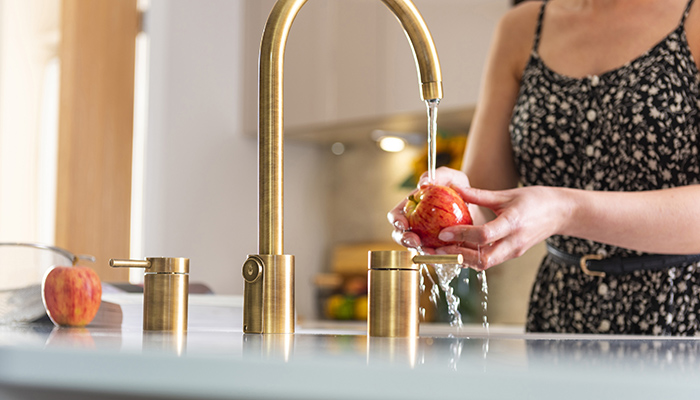
Kitchen focus: How consumer demand for touchless tech is on the rise
A rise in multigenerational households is driving sales of gesture-controlled and voice-activated appliances in the kitchen – Sally Smith finds out more about the latest touchless tech products on the market.
According to the 2020 Aviva How We Live Report, 34% of UK adults are living in a multi-generational household and this is set to rise. Consumers are looking to invest in touchless appliances that are hands-free, from gesture-controlled lighting and hot water taps, to voice-activated ovens, and hobs that are intuitive and safe for different generations to use.
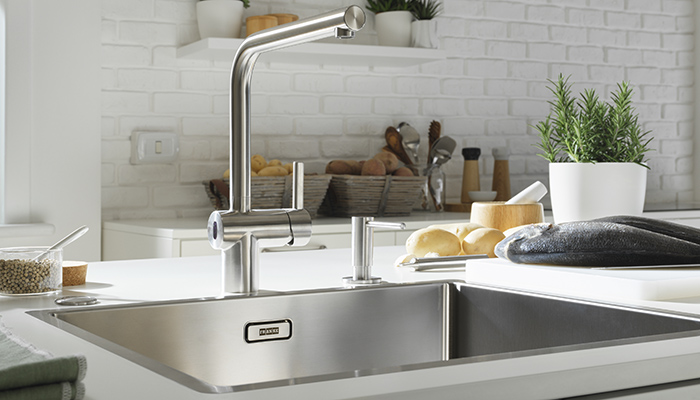
"Gesture-controlled and voice-activated kitchen appliances can help future-proof a kitchen design, which is especially useful in multi-generational households. They can make life simpler for users with hands with reduced mobility. Touchless appliances are a game-changer, making the kitchen more accessible and easier to navigate without needing precise motor skills. This gives users a greater sense of independence, allowing them to complete tasks competently and efficiently," explains Jo Sargent, sales & marketing director at Franke UK.
Sargent adds: "Touch-free taps are hygienic for households with multiple users and our cooker hoods such as the AQ Sense Monitor model responds to voice controls via Amazon Alexa, and puts users in control of how they operate the hood for added convenience and ease of use."
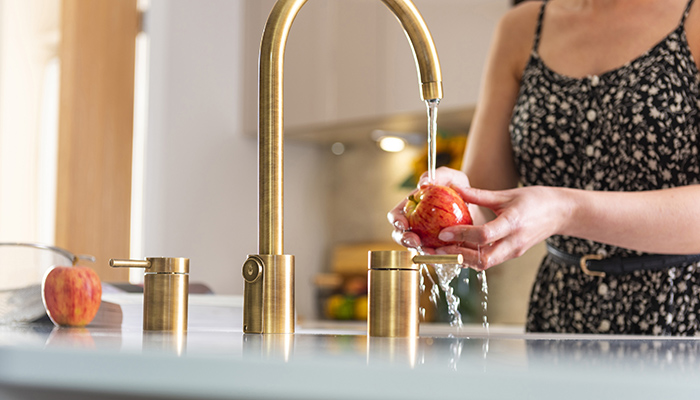
Paul Illingworth, design manager for Abode, is definitely seeing a rise in demand for touchless taps. "We are finding that this type of integrated gesture-control technology is opening up the use of hot taps to a new set of homeowners living with dexterity problems or arthritis, so users can avoid pushing down, turning and sliding the handle in order to trigger the water flow."
Illingworth encourages retailers to point out the benefits of gesture-controlled appliances to their customers. "Identifying the safety features may help to convert the sale, as being able to ‘design for all’ is even more relevant in respect to changing social trends and demographics. In fact, with regard to hot taps, we are noting that they are being specified in 40% of new kitchens and I believe that they will soon become an integral part of kitchen living going forwards."
Discussing possible accessibility issues with potential customers when they are in the initial stages of their kitchen design is crucial to securing a sale in this growing market for gestured-controlled appliances.
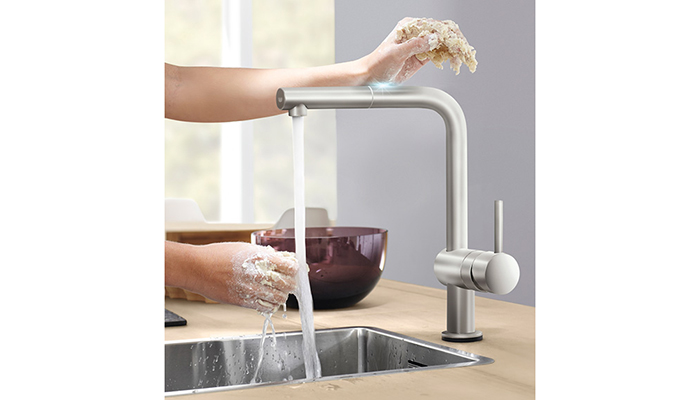
Ronke Ugbaja, leader, product management for Lixil EMENA & Grohe UK, says: "It is vital for the industry as a whole to consider every member of the household when it comes to kitchen design, with inclusive and accessible design being a fundamental consideration to support the end user. The rise of mixed generations living together has seen the market for accessible and inclusive kitchen design develop significantly, providing retailers a great opportunity to upsell and encourage futureproofing design considerations to customers."
Ugbaja adds: "Retailers need to believe in the product and its features before they can confidently highlight the lifetime usage and functional benefits via working displays and demonstrations to encourage conversation with their customers to highlight the benefits and differences between the products available.’
Gesture-controlled lighting will elevate any kitchen design, but while customers know they need to invest in a layered lighting scheme they may not be aware of this latest technology.
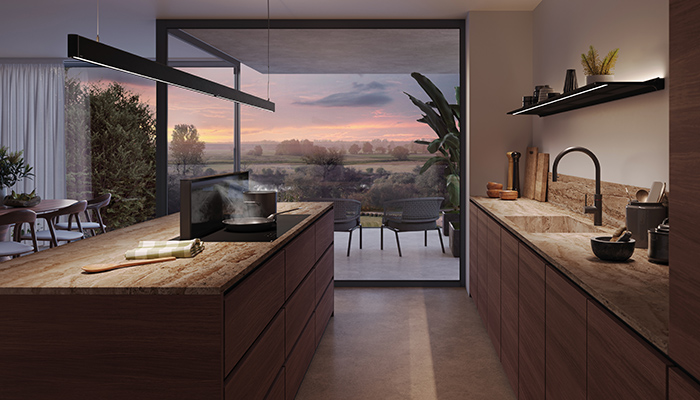
Jenny Hyatt, sales & marketing director for Middleby Residential UK – Premium Channel, says: "We know that kitchen designers are increasingly being asked to incorporate lighting, and statement lighting, in a kitchen layout, especially one where a vented hob is included. Our lighting models can be controlled without having to touch any switches, or the lights themselves and are a huge benefit in the kitchen, a space where hygiene is vital. All the models in the Novy Designer Lighting Collection have been developed to be touchless, they are activated and controlled by using simple gestures. Just swipe under a sensor to illuminate the room, change the tone from task to ambient lighting, adjust the direction of the beam and even change the colour to create a different mood."
She adds: "Being able to display and demonstrate innovative lighting in a kitchen showroom is a great way to create an add-on sale."
Smart and voice-controlled appliances have been established in the market for some time, but highlighting their benefits to customers as a way to future proof a kitchen could help retailers make that all-important sale.

Tom Hopper, kitchens manager at Miele GB, believes this is key to convincing tech-averse customers to get on board. "The latest products in the smart home market make everyday life easier by offering flexibility and precision to everyday life with voice control and compatibility with Alexa. Customers can monitor their roasts from another location, and even turn the oven off from outside the house," he says.
He adds: "One of the most popular commands we see is: 'Alexa, tell me what MoisturePlus is?' Alexa will explain the benefits of cooking with this programme and give you a list of dishes to choose from. It allows the consumer to move away from hitting 180 degrees every time, into a whole new sustainable way of cooking."
In addition, the latest products on the market have a host of smart features that can be an enormous help for disabled people or those with specific health conditions.
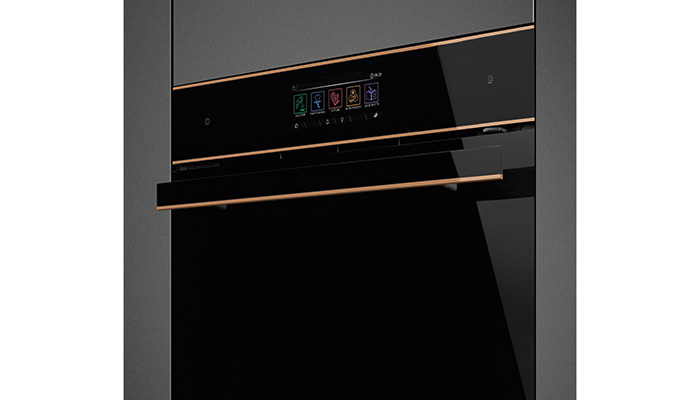
Touch-control ovens with extensive pre-programmed cooking times for a huge range of dishes will appeal to all abilities and generations. "Consumers can enjoy enhanced cooking freedom as the controls are clearer and simpler to use, compared to traditional oven controls dials," adds Richard Mackey, Smeg product manager.
And finally, high-tech vented hobs are the perfect example of extraction and cooking working as one single appliance without the need of human intervention, adjusting the power automatically as users cook.
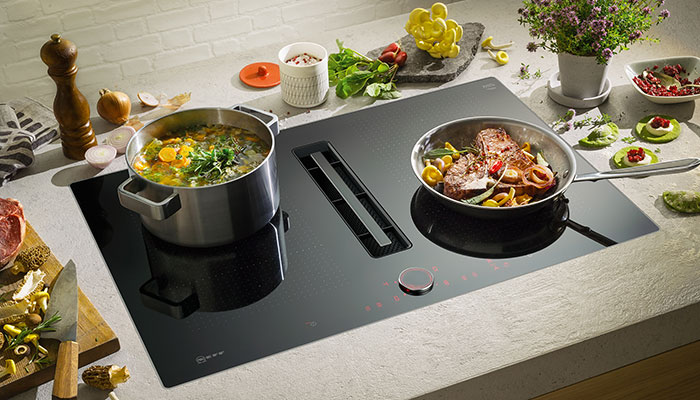
Tags: kitchens, features, voice control, gesture control, appliances, franke, abode, grohe, novy, miele, smeg, neff






